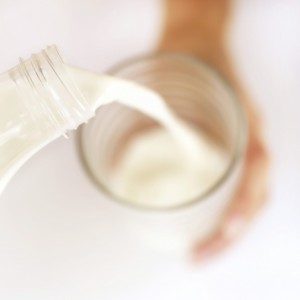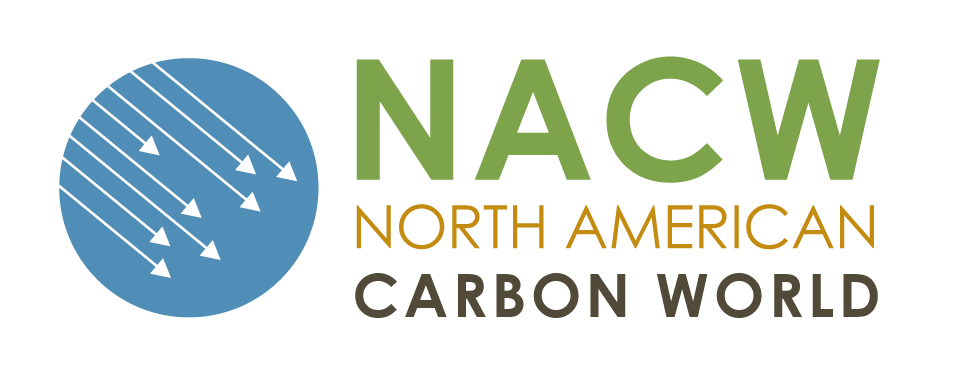 Milk sourced from cows is a popular and nutritious beverage enjoyed the world over. According to the National Dairy Council, milk is filled with nine essential nutrients that benefit our health, including calcium, protein, potassium, phosphorus, vitamin D, vitamin B12, vitamin A, riboflavin and niacin.
Milk sourced from cows is a popular and nutritious beverage enjoyed the world over. According to the National Dairy Council, milk is filled with nine essential nutrients that benefit our health, including calcium, protein, potassium, phosphorus, vitamin D, vitamin B12, vitamin A, riboflavin and niacin.
When making purchasing decisions for milk, we face a variety of choices: whole milk, reduced fat, low fat, skim, organic, raw, strawberry and even chocolate … and we could also opt for rice milk, soy milk or almond milk.
Another important consideration you may not have yet contemplated in the dairy aisle – but should – is the carbon footprint of the milk production process. Cows are a significant source of methane, which is a potent greenhouse gas (GHG) 20 times more powerful at trapping heat in the atmosphere than carbon dioxide. Dairy farmers can reduce their carbon footprint through the installation of new technologies, specifically anaerobic (without oxygen) biodigesters.
Anaerobic dairy digesters are enclosed tanks that create an oxygen-less environment. The digester facilitates the breakdown of manure and converts it into renewable energy and a nutrient-rich fertilizer.
One example of a successful dairy emissions reduction project is the Farm Power Rexville Regional Digester in Mount Vernon, Washington. Two local dairy farms, Harmony Dairy and Beaver Marsh Farms, participate in the program with a combined 1500 Holstein cows. The dairies produce about 100 cubic meters/day of manure volume, 50 cubic meters/day of wastewater volume and 30 cubic meters/day of cow bedding and food processing waste.
The Rexville digester pumps cow waste from the two dairies into a one million gallon tank. The waste is heated to 100 degrees, causing bacteria to grow, which produces methane. The methane from the tank is sent to an internal combustion engine that creates 750 kW of power, which is enough to power 500 homes annually.
In addition to renewable energy, the digesters produce a nutrient-rich liquid fertilizer and pathogen free fiber straw that can be used for bedding. Not having to buy straw or sawdust for cow bedding has saved the Washington farms nearly $100,000. The project also earns carbon offsets from the Climate Action Reserve, which can be sold to help other organizations meet their sustainability goals.
This process reduces the amount of methane from cow manure that is released into the atmosphere, which benefits our global climate.
Milk does a body good. And biodigesters do the climate good.
This blog post supports Blog Action Day 2011, an international effort to focus bloggers around the world on one important global topic on the same day. This year, Blog Action Day coincides with World Food Day and so the theme is FOOD. #BAD11
Tags: offsets, Reserve program & staff



